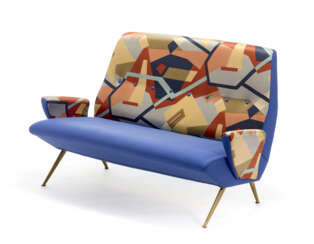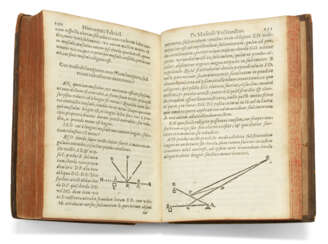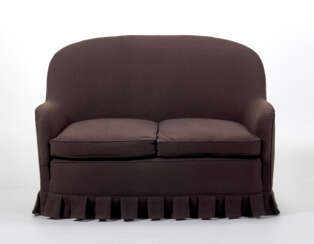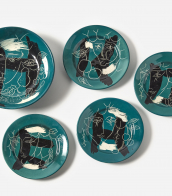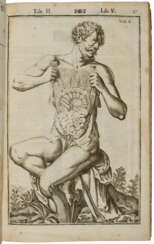fabrics

Fabrice Hybert, also known by the pseudonym Fabrice Hyber, is a French plastic artist. At 56, he was elected to the Academy of Fine Arts on April 25, 2018. Attached to nature, economics, commerce and science, he has created systems around artistic production with companies, scientists and laboratories around the world. Renowned artist, he works in many diverse ways - accumulating, proliferating, hybridizating - sliding between painting, sculpture, installation and video.







Luigi Caccia Dominioni was an Italian architect and furniture designer.


Luigi Caccia Dominioni was an Italian architect and furniture designer.

Maurice Max Ingrand, better known as Max Ingrand was a French artist and decorator, known for his work in studio glass and his stained glass windows.
Ingrand created numerous church stained glass windows during the late 1940s to 1960s. In the aftermath of World War II, he was tasked with replacing 47 of the stained glass windows destroyed at Notre-Dame de Paris.
Max Ingrand was noted for his modern designs.



Umberto Bellotto is an Italian artist and craftsman.


Andreas Vesalius (Dutch: Andries van Wesel) was a Flemish physician, one of the first anatomists of the Renaissance.
Vesalius came from a family of physicians and apothecaries, studied at the Catholic University of Leuven and at the medical school of the University of Paris, where he learned to dissect animals. He also had the opportunity to dissect human cadavers and devoted much time to the study of human bones. He later went to the University of Padua and, after earning his MD degree, was appointed professor of surgery, whose duties included anatomical demonstrations.
Vesalius revolutionized the study of biology and medical practice through his careful description of the anatomy of the human body. Based on observations made by himself, he wrote and illustrated the first complete textbook of anatomy. In 1543 his major work De humani corporis fabrica libri septem ("Seven Books on the Structure of the Human Body"), commonly known as Fabrica, was printed. In this epochal work, Vesalius gave far more extensive and accurate descriptions of the human body than anything that had been done by his predecessors.
In the same year, 1543, the Holy Roman Emperor Charles V appointed him staff physician of his house, and in 1559 Vesalius became physician to the Madrid court of Charles V's son, Philip II.
Vesalius' work made anatomy a scientific discipline with far-reaching implications not only for physiology but for all of biology.


Adriaan van den Spiegel (or Spieghel), name sometimes written as Adrianus Spigelius, was a Flemish anatomist born in Brussels. For much of his career he practiced medicine in Padua, and is considered one of the great physicians associated with the city. At Padua he studied anatomy under Girolamo Fabrici.
His best written work on anatomy is De humani corporis fabrica libri X tabulis aere icisis exornati, published posthumously in 1627. In his 1624 treatise De semitertiana libri quatuor, he gave the first comprehensive description of malaria.



Verner Panton was considered one of Denmark's most influential 20th-century furniture and interior designers. During his career, he created innovative and futuristic designs in a variety of materials, especially plastics, and in vibrant and exotic colors. His style was very 1960s but regained popularity at the end of the 20th century. As of 2004, Panton's best-known furniture models are still in production (at Vitra, among others).









